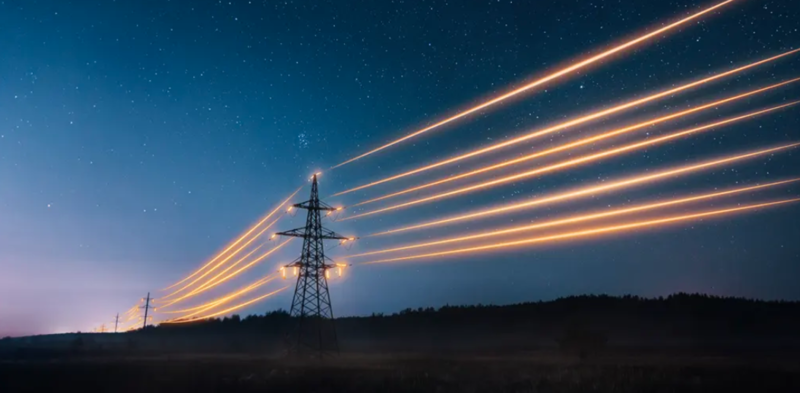by Kevin Kilty at wattsupwiththat.com
In remarks made at the Bipartisan Policy Center in May, 2023, John Podesta, a senior advisor in the Biden/Harris administration, spoke about revising energy policy. Within the very partisan boiler plate of this speech was this message:
“We’re proud of what our administration has accomplished so far to change our trajectory on clean energy and climate. But now, we need to up the pace and finish the job by lowering the remaining hurdles to achieve 100% clean power by 2035.
One big hurdle—and a big opportunity—is permitting. Right now, the permitting process for clean energy infrastructure, including transmission, is plagued by delays and bottlenecks.
These delays are pervasive at every level of government—federal, state, and local. We got so good at stopping projects that we forgot how to build things in America.”
The coded message was that the National Environmental Policy Act (NEPA) has become an inconvenience. In November BLM published a notice in the Federal Register regarding plans to revise portions of the massive Western transmission corridor cutting across 11 western states. These corridors were established in Section 368 of the Energy Policy Act of 2005. There are 30 days in a public comment period, closing January 2, 2024, to voice general concerns.
The idea of Section 368 energy corridors began as a good idea. Consolidate pipelines and electrical transmission lines, plus associated roads, into narrow corridors to minimize sprawl and environmental conflicts. However, no good idea ever fails to generate opposition, and after the official record of decision regarding these corridors, a number of environmental organizations, tribal units, and others filed a complaint in July 2009 against the agencies involved. Among other reasons the complainants said the corridors gave too much deference to fossil fuel interests and existing thermal power plants and showed not enough regard for development of renewable energy.
In a settlement reached in 2012, the Federal government agreed to list corridors of concern, provide for periodic review of corridors and produce a corridor study. Now, however, with NEPA proving itself to be as much of an impediment to renewable energy projects as it was to other sorts of endeavors, the Biden Administration seeks to revise what was settled.
There are a few big concerns immediately that I can see.
First, what transpired after the settlement in 2012 is that developers often just ignored the designated corridors and put transmission lines where they pleased. One can’t help but wonder if part of this effort on the part of the Biden/Harris Administration isn’t to provide a blessing after the fact of what these developers have gone ahead and done? This would establish the bad precedent that public policy is the pet dog being led by renewable energy interests.

